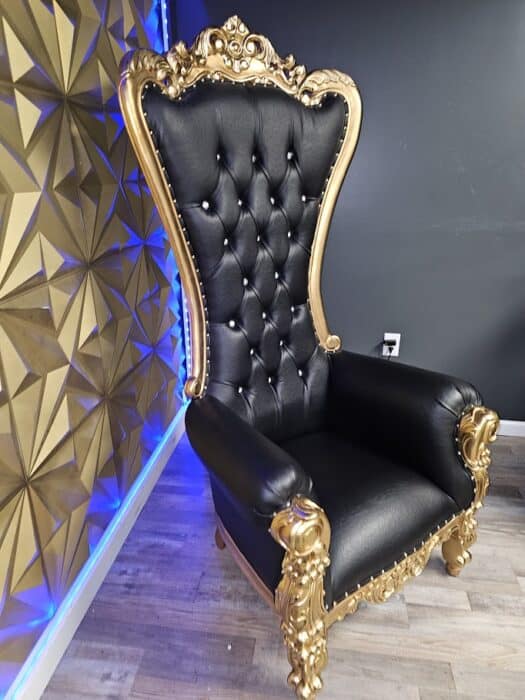A Throne Fit for Royalty: The Evolution of the Royal Blue Throne Chair
In the grand tapestry of history, few pieces of furniture symbolize power, authority, and regality quite like the throne chair. Among the myriad hues adorning these majestic seats, one color stands out with unparalleled splendor: royal blue. Join us on a journey through time as we unravel the rich history and evolution of the royal blue throne chair.
Origins of Throne Seating
The concept of the throne chair traces back to ancient civilizations where rulers and monarchs sat upon elevated seats to signify their status and authority. From the Pharaohs of ancient Egypt to the emperors of China, thrones were imbued with divine significance, often adorned with intricate designs and precious materials.
The Rise of Royal Blue
While thrones were initially crafted in various colors reflecting cultural preferences and available resources, royal blue emerged as a dominant choice during the medieval and Renaissance periods. This deep, lustrous hue exuded luxury, sophistication, and a connection to the divine, making it the perfect choice for seats of power.
Renaissance Elegance
During the Renaissance, European monarchs embraced the opulence of royal blue throne chairs as they sought to project their authority and magnificence. Crafted by skilled artisans, these chairs featured ornate carvings, gilded accents, and sumptuous velvet upholstery in rich shades of blue, elevating them to symbols of unparalleled prestige.
Symbolism and Significance
The color blue has long been associated with royalty, spirituality, and wisdom across cultures. In Christian iconography, blue represents the Virgin Mary’s purity and heavenly grace, while in ancient mythology, it symbolizes the celestial realm and divine favor. Thus, the royal blue throne chair not only served as a seat of temporal power but also as a conduit to the divine, reinforcing the monarch’s legitimacy and authority.
Modern Interpretations
In contemporary times, the allure of the royal blue throne chair endures, albeit with modern interpretations. While traditional craftsmanship still thrives in royal courts and ceremonial occasions, designers and decorators have reimagined the throne chair for contemporary settings. From sleek minimalist designs to bold avant-garde creations, royal blue throne chairs continue to captivate with their timeless elegance and symbolic resonance.
Conclusion: A Legacy of Grandeur
In the annals of history, the royal blue throne chair reigns supreme as an enduring symbol of power, prestige, and elegance. From ancient rulers to modern monarchs, its legacy persists, transcending time and culture. Whether gracing the halls of palaces or the stages of grand events, the royal blue throne chair remains a beacon of regality, reminding us of the timeless allure of royal splendor.
As we gaze upon these magnificent seats, we are reminded that true majesty transcends mere adornment—it resides in the hearts and minds of those who wield power with wisdom, grace, and humility. And in the presence of a royal blue throne chair, we catch a glimpse of that majesty, preserved for eternity in the annals of history.


Leave a Reply